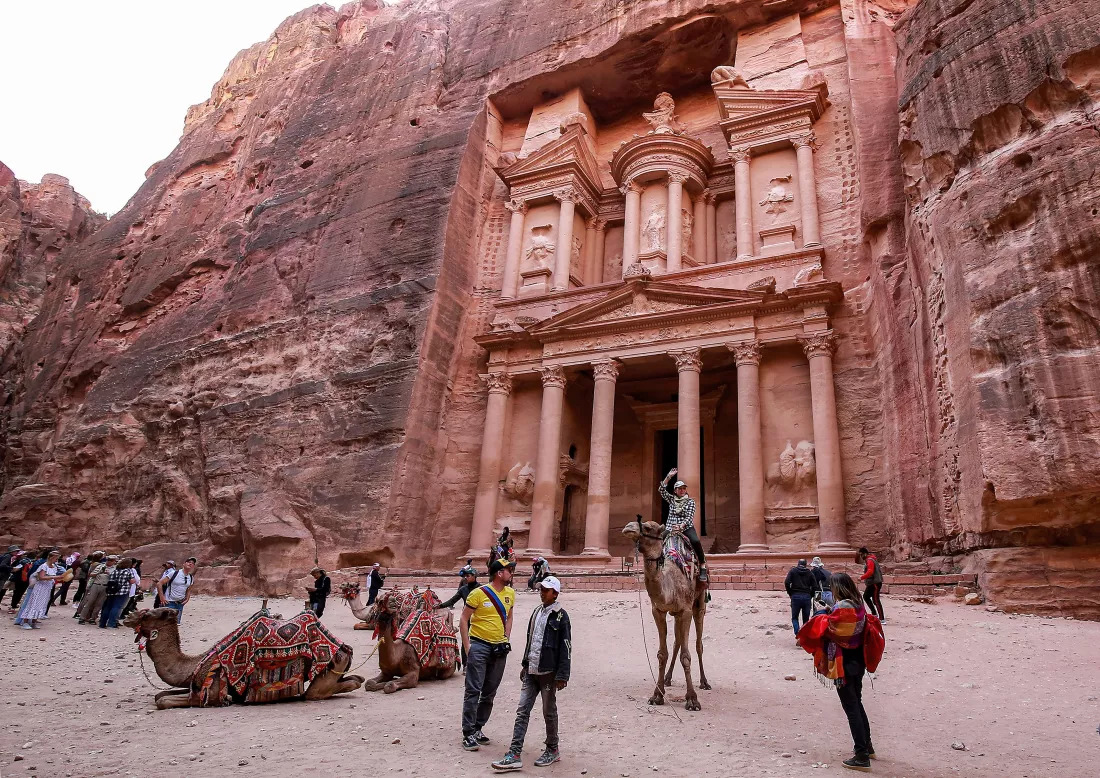British archaeologists have made a discovery that reminds them of an Indiana Jones film. They have found a hidden tomb beneath the ancient city of Petra in Jordan, according to a press release from the University of St. Andrews.
The team of archaeologists, headed by Richard Bates from St. Andrews and Pearce Paul Creasman, executive director of the American Center of Research, were investigating Petra’s famous Treasury building, which appeared in the 1989 film ‘Indiana Jones and the Last Crusade’. In the film, this building is depicted as the location of the Holy Grail, although its true function has never been said.
For years, archaeologists were aware of tombs surrounding the Treasury but couldn’t fully investigate them. This year, Bates, Creasman, and their team received permission from the Jordanian government to employ ground-penetrating radar at the site. When the survey showed the likelihood of underground chambers beneath the Treasury, they were allowed to excavate. The team uncovered a hidden tomb, thought to have still been undisturbed for two thousand years, holding the remains of 12 skeletons along with a set of grave offerings.
He said, “The discovery is of international significance as very few complete burials from the early Nabataeans have ever been recovered from Petra before,” Professor Richard Bates from the University of St. Andrews School of Earth and Environmental Science said in a press statement. “The burials, their goods, and the human remains can all be expected to help fill the gaps of our knowledge in how Petra came to be and who the Nabataeans were,”
One of the skeletons was found clutching a chalice that resembled the famous Holy Grail from the movies. Josh Gates, host of Discovery Channel’s ‘Expedition Unknown’, which filmed an upcoming program about the excavation, remarked in a press statement, “It was the ultimate moment of life imitating art.”
He also said “When we spotted what looked like a chalice, all of us just froze. It looked nearly identical to the Holy Grail featured in Indiana Jones and the Last Crusade, set in the ancient building directly above the tomb,”
An analysis of the ceramic vessel found that it is the upper part of a broken jug from the first century BC.
As Bates said, “The tomb was most likely built as a mausoleum and crypt in the Nabatean Kingdom at the beginning of the 1st century AD for Aretas IV Philopatris,” and added “Like many tombs in the valley, few remains have ever been found in the tombs due to their subsequent use and reuse over the last two millennia.”












